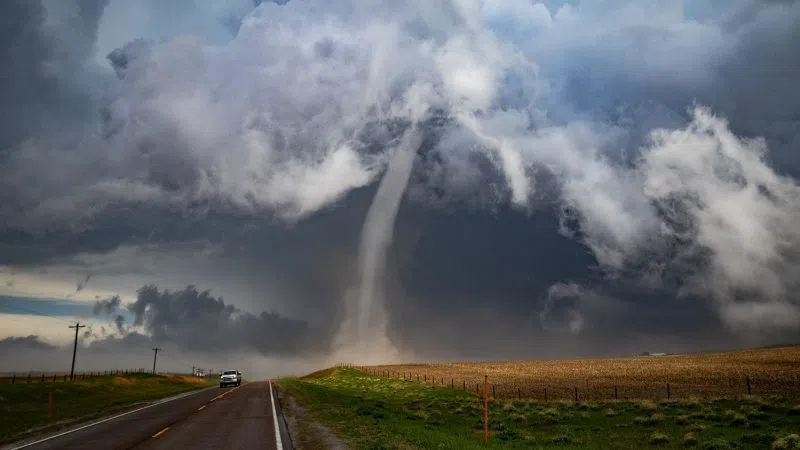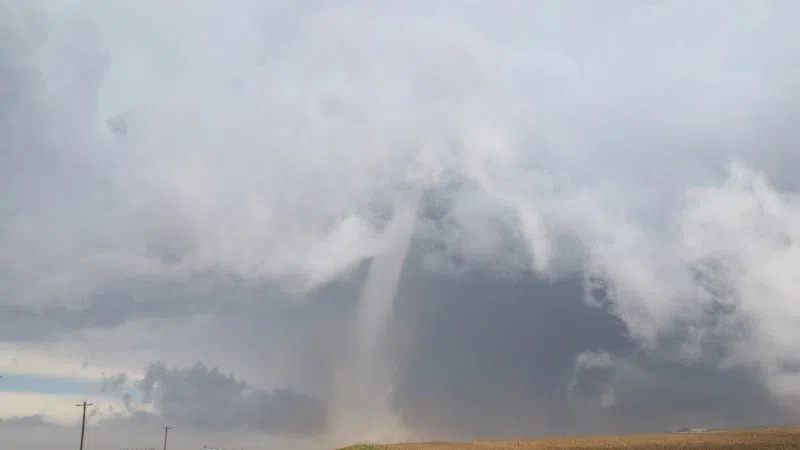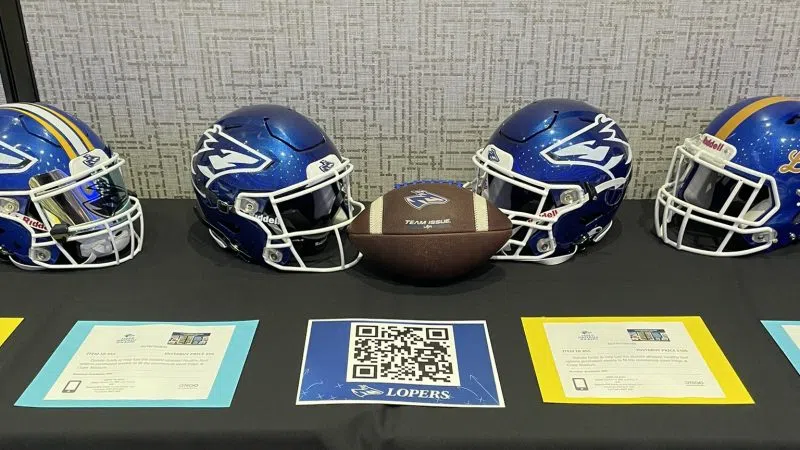(NEW YORK) — On the third anniversary of COVID-19 being declared a global pandemic, public health experts can point to clear instances where the United States succeeded in beating back the virus and others where it didn’t.
Even as the virus continues to spread, data from the Centers for Disease Control and Prevention show that weekly cases, hospitalizations and deaths are declining, and the nation survived its first winter since the pandemic began without a true winter wave.
Public health experts said that while the U.S. government and federal health agencies succeeded in many aspects — including the rollout of vaccines and at-home tests — there are also lessons to be learned from mixed messaging.
“I think it’s important to remember that we lost millions and millions of lives and that we don’t forget all the things we’ve learned,” Dr. Priya Sampathkumar, a professor of medicine and the head of infection control for Mayo Clinic, told ABC News. “So learning is one thing but retaining that memory and being ready to come together to prevent another pandemic is really important.”
Speedy rollout of the vaccines
Experts agree that the development and rollout of the COVID-19 vaccines is one of the country’s biggest successes.
In April 2020, the Trump administration launched “Operation Warp Speed” to fast-track the development and production of COVID-19 vaccine, providing unlimited funding and other resources to pharmaceutical companies.
The majority of vaccines, from the first steps of academic research to arriving on the market, generally take 10 or more years to be available, experts said. However, researchers were able to perform several steps usually performed in a linear fashion simultaneously, allowing companies to obtain U.S. Food and Drug Administration authorization and scale up production without lessening vaccine safety requirements.
“It really unlocked a new sort of a new era of vaccine,” said Dr. John Brownstein, an epidemiologist and chief innovation officer at Boston Children’s Hospital and an ABC News contributor. “We’ve recognized that we can develop and deploy a vaccine in actually reasonably fast pace from identification of a new virus to actual first prototype.”
“For the first time, we recognize that there’s a lot of places that can be parallel process, so the process of manufacturing, and regulatory approval can happen relatively simultaneously,” he added.
Sampathkumar said another reason the vaccines were able to be developed so quickly is because the genome sequence, or the genetic makeup, of the virus was uploaded quickly to global databases.
“We really very quickly sequenced the virus from the first case being reported in China in late December to about seven weeks later, we have the entire sequence of the SARS-CoV-2 virus, which was step towards making a vaccine,” she said. “For most previous viral epidemics, it took anywhere from six to 18 months to do that. So that very first step happened so quickly and set the stage for vaccine development.”
Additionally, the relatively new technology of messenger RNA, or mRNA, was used. While most vaccines use a weakened or inactivated virus to stimulate an immune response, mRNA vaccines teach the body how to make proteins that can trigger an immune response and fight off an infection.
Because researchers can design mRNA vaccines more quickly than they can produce the live or weakened pathogens needed for a traditional vaccine, mRNA vaccines against COVID-19 were quickly developed, tested, mass produced and delivered to the general population, preventing millions of hospitalizations and deaths, according to analyses.
At-home COVID tests available for everyone
Polymerase chain reaction (PCR) tests are considered the “gold standard” when it comes to COVID-19 testing. They look for genetic material from the virus and are considered to be very accurate.
However, in the early days of the pandemic, they had a very long turnaround time because samples must be sent to a laboratory and be analyzed by a medical professional.
Companies quickly began scaling up production of rapid at-home antigen tests, which check for antigens, or proteins on the surface of the virus.
While less accurate than PCR tests, these rapid tests are still considered quite accurate when used in people with symptoms of infection and can deliver results in 15 minutes or less.
Sampathkumar said the widespread use of at-home tests was “very amazing” because it was, for many Americans, the first time they were able to test themselves at home for a virus, compared to flu tests and strep tests that are often performed at doctors’ offices, urgent care centers or hospitals.
“When you think about it, when you’re feeling sick or when you’re infectious to others, it’s the worst possible time to expect you to go to a crowded clinic or hospital,” she said.
Last winter, the Biden administration launched a website where Americans could request free at-home rapid COVID tests delivered to their doorsteps.
“Making the tests available to every person living in the U.S., you could order the tests and have them delivered to your home for free was also a major step forward,” Sampathkumar said.
Mixed messaging
Experts say public health officials made missteps by having mixed messaging about preventive measures like masking.
In February and March 2020, officials including then Surgeon General Dr. Jerome Adams and Dr. Anthony Fauci downplayed the need for the general public to wear masks.
However, in early April, the CDC changed its guidance and recommended that everyone wear a mask or face covering.
While reports have suggested the CDC and other officials delayed recommending masking because they were worried about causing a run on masks and other PPE supplies for health care workers, experts say this also means agencies didn’t provide the clear messaging that the public needed.
“I think that that kind of mixed messaging created enormous space for doubt enormous space for skepticism among the public,” Dr. Richard Keller, a professor in the department of medical history and bioethics at the University of Wisconsin School of Medicine and Public Health, told ABC News. “It created levels of uncertainty that were really unnecessary and deep and eventually became harmful.”
The experts say it’s normal for their understanding of a virus to evolve as more information is learned, but they noted that public health officials did not do a good job of communicating that process to the public.
“That was really made clear through the pandemic: our inability to communicate the nuance of science as the science was evolving,” Brownstein said. “That was really our Achilles heel because we were not able to explain to the public that a recommendation could change based on how the science evolves.”
People viewing COVID-19 deaths as victims’ fault
Keller said that as the pandemic has worn on, many Americans have come to view COVID-19 deaths as the fault of the victims and lost a sense of compassion.
Some of this may have been the fault of public health messaging including the Biden administration calling it a “pandemic of the unvaccinated” and stressing how much more likely people are to die of COVID if they don’t get vaccinated.
According to the CDC’s most recent estimates, people who are up to date on their vaccines have a nearly tenfold lower risk of dying compared to an unvaccinated person. Other risk factors include lower socioeconomic status and/or underlying medical conditions such as diabetes and hypertension.
“To label this a ‘pandemic at the unvaccinated’ suggests the people who are dying are dying because it’s their own fault,” Keller said. “I think that’s a harmful message because it does a couple of things.”
“It suggests that people are to blame for their own misfortune. It also mischaracterizes the true nature of mortality statistics as ti where people are dying and what their circumstances are,” he added.
Copyright © 2023, ABC Audio. All rights reserved.













